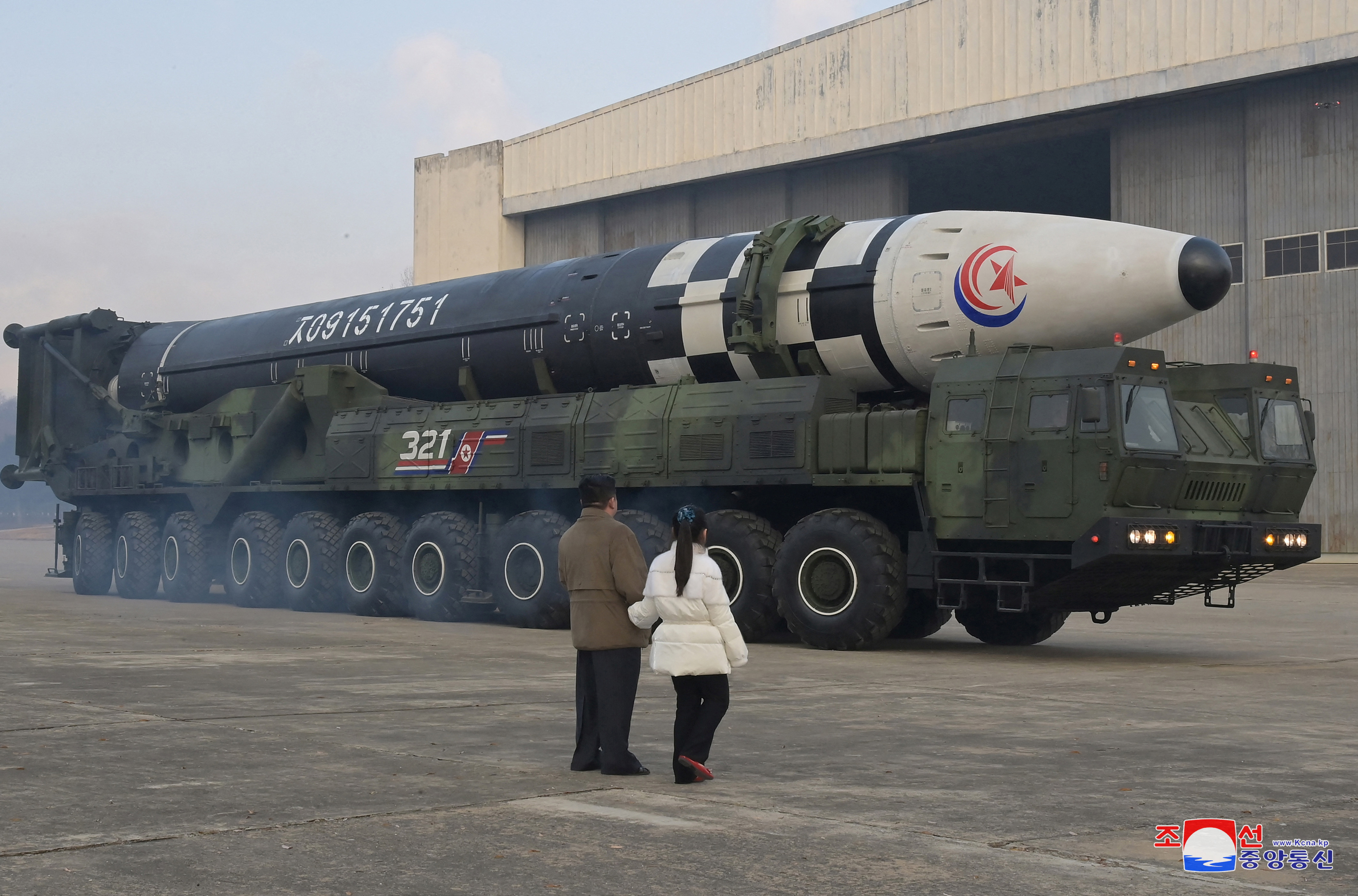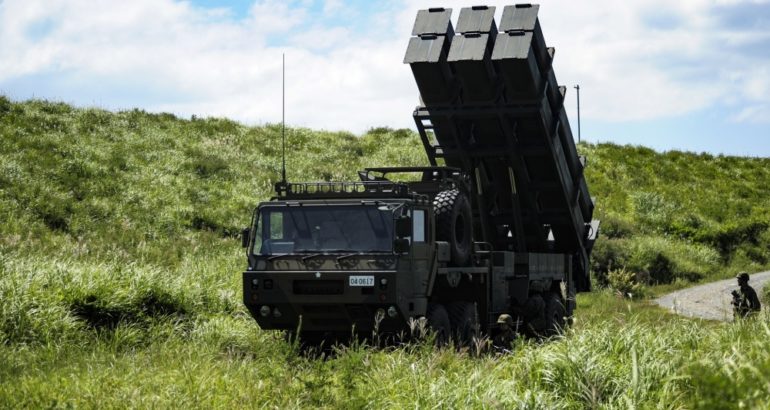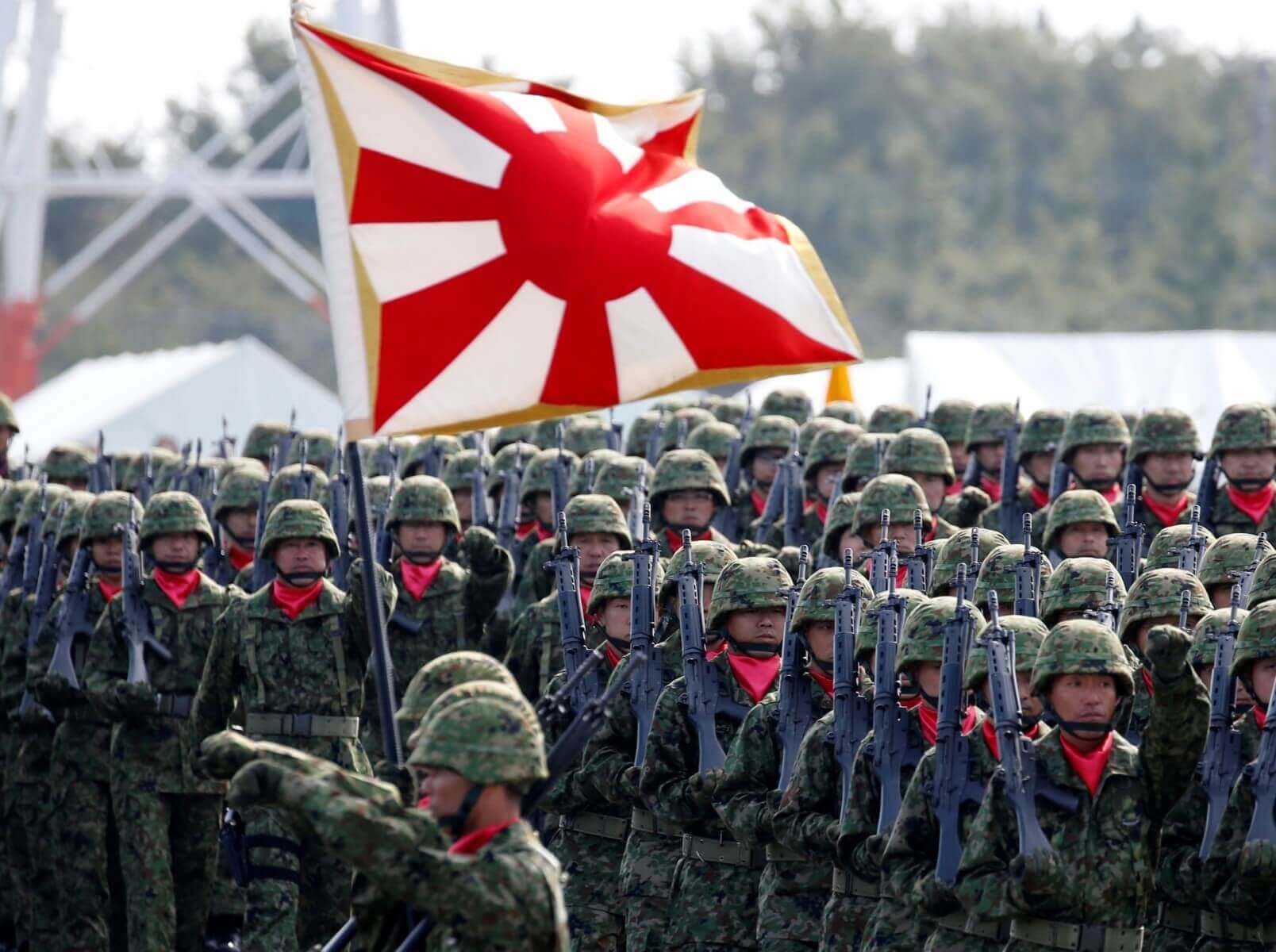Pacifist Japan Turns Defensive
In a major shift from its decades-long pacifist defence policy, Japan has vowed to reinforce its defence capabilities to prevent a situation similar to that of the Ukraine war from occurring in its region.
To this end, Japan has been expanding its defence budget and making sweeping changes to its defence policy, thus garnering widespread media attention.
PM Kishida admitted that the current Japanese defense capabilities "are not enough" to prevail in a contingency.
— Ryo Nakamura (@NikkeiDC_Ryo) December 16, 2022
In January, Japanese PM Fumio Kishida said that his country is currently facing the “most severe and complex security environment since the end of World War II,” and is forced to acquire the capability to “protect the people’s lives in an emergency.”
Kishida stressed that while negotiating through diplomatic channels should be prioritised, “defence power to back it up” is required as well.
To cope with the situation, in December, the country announced its biggest military buildup in decades, including doubling its defence expenditure.
PM Kishida made sure that Japan will maintain exclusively defense-oriented policy, a core idea of the pacifist Japan. There is suspicion that holding counterstrike capabilities would pave the way for preemptive strike, a departure from the conventional defense policy.
— Ryo Nakamura (@NikkeiDC_Ryo) December 16, 2022
Similarly, a month prior to the announcement, Kishida ordered his cabinet to increase the country’s defence spending to 2% of the GDP in the next five years, up from its longstanding current level of around 1%.
Japan’s increased defence expenditure will be used to expand its capabilities in the space, cyber, and electromagnetic domains. Honing Tokyo’s “counterstrike” capacity would be another key area of expenditure.
Last year, the country’s annual budget increased defence spending by 1.1%, or $404 million, bringing it to a total of around $37.8 billion.
History and Significance
Following Japan’s defeat in 1945 at the end of World War II, Japan renounced war as a sovereign right and adopted a constitution that would limit its military buildup.
Article 9 of its pacifist constitution declares that “land, sea and air forces, as well as other war potential, will never be maintained.” Due to this clause, Japan has since maintained only a Self-Defense Force.
Secretary Austin stresses the alignment of U.S. and Japanese strategy documents, adding they "underpin continuing bilateral efforts to…, bolster integrated deterrence, and address evolving regional and global security challenges through cooperation with … allies and partners.”
— Ryo Nakamura (@NikkeiDC_Ryo) December 16, 2022
However, ultraconservative leaders, including late former PM Shinzo Abe, have long proposed an amendment to the article, which would allow the country the right to maintain a regular military force.
Abe expressed hope on several occasions for Japan to become a “normal nation,” which would allow it to play a more decisive role on the world stage.
What Triggered Japan to Increase its Military Build-up?
- North Korea
In Japan’s latest National Security Strategy (NSS), which was released in December, the East Asian island nation highlighted North Korea’s intentions “to bolster its nuclear capabilities both in quality and in quantity at the maximum speed.”

“When considered together with its rapid development of missile-related technologies, North Korea’s military activities pose an even more grave and imminent threat to Japan’s national security than ever before,” the document said.
North Korea, has also deployed “several hundred” ballistic missiles within the range of Japanese territory.
- China
In the NSS, Japan pointed to China’s maritime and airspace “intrusions” around the Senkaku Islands, noting that the Asian superpower has “expanded and intensified its military activities that affect Japan’s national security in the Sea of Japan, the Pacific Ocean, and other areas.”
The defence ministry accused China of intensifying its “attempts to unilaterally change the status quo by force in the maritime and air domains, including in the East and South China Seas.”
PM Kishida said China is "strategic challenge" to maintain peace and stability in the Indo-Pacific region, expressing concerns about China's military buildup and coercive foreign policy.
— Ryo Nakamura (@NikkeiDC_Ryo) December 16, 2022
In particular, the NSS emphasised the Chinese People’s Liberation Army’s pledge to promptly elevate itself to “world-class standards,” due to which Beijing has been “increasing its defence expenditures at a continuously high level and extensively and rapidly enhancing its military power, including its nuclear and missile capabilities, without sufficient transparency.”
Both China and North Korea are also developing hypersonic weapons, which fly with “irregular trajectories” and are difficult to intercept.
- Russia
Japan has expressed concern about Russia’s continued threats to use nuclear weapons.
“Russia is accelerating its military activities in the vicinity of Japan. Russia is also strengthening its armaments in the Northern Territories, which is an inherent territory of Japan,” the NSS noted.
As China becomes a greater threat, working with allies like Japan is key to defending freedom and maintaining the global order. I applaud Japan for increasing its defense spending to 2% of GDP within the next 5 years. Investing in defense now is how we deter future conflict. https://t.co/DhuxxgqcY8
— Senator Mitt Romney (@SenatorRomney) December 16, 2022
The NSS further mentioned China’s growing “strategic coordination” with Russia as another key security concern, saying the two countries’ increasingly frequent joint exercises and drills, including joint flights of bombers “in the vicinity of Japan,” have “shaken the very foundation of the international order.”
Japan’s Measures
Japan is considering deploying more than 1,000 long-range cruise missiles to narrow the “cavernous missile gap” with China, particularly against the backdrop of a growing possibility of a military emergency in Taiwan and the waters surrounding it.

It is further looking to expand the range of its Type-12 surface-to-ship guided missile from just over 100 kilometres to about 1,000 kilometres, which would allow the missile to reach North Korea and coastal China.
Simultaneously, Tokyo is seeking to modify the missiles so that they can be fired from ships and fighter jets, with the goal of deploying this “modified ground-launched version” by the fiscal year 2024, two years ahead of schedule.
Possible Implications
Japan’s unprecedented military build-up, as well as its deepening military cooperation with the US, could trigger further militarisation of the region.
For instance, in December, North Korea said it will not “tolerate” Japan’s increasing militarisation and threatened to take “bold and decisive military steps.”
Considering Japan is eyeing to further arm itself, there is a big question mark hanging over the country’s future whether it would repeat its historic mistakes, observers said after Kishida ordered the defense budget to rise to 2% of GDP in 2027. pic.twitter.com/IXt1tL8AQz
— Zhang Meifang张美芳 (@CGMeifangZhang) November 30, 2022
The strategy has also aggrieved China, which has argued that Japan is trying to hype the “China threat theory” as a way to foment regional tensions and “legitimise its ambition to develop military force and push for an amendment of its pacifist constitution.”
However, considering the growing military activities in the Indo-Pacific, it seems unlikely that Japan will change course, especially as its geographic location could potentially place it at the shore of regional conflict.

